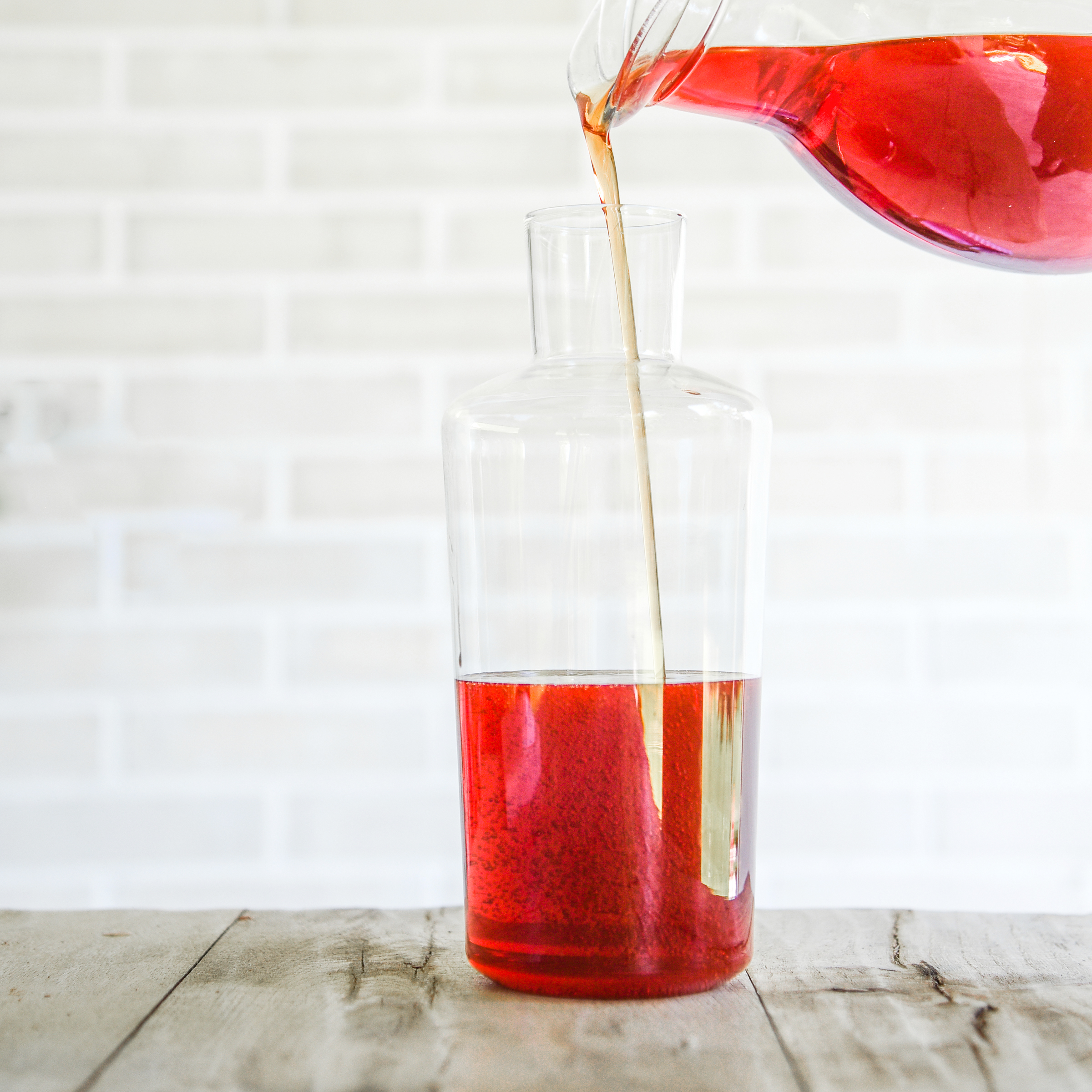
End of May to mid-June is the blooming season for one of my favourite plants: Hypericum perforatum or St. John's wort. It never fails to awaken memories of my childhood when I used to go with my mother and grandmother to the Spartan mountains to collect its yellow flowers and, with the help of the sun, prepare St. John's wort oil, which is an amazing remedy for countless health conditions. It is a habit I've kept to this day!
From antiquity to the present
St John's wort oil has been used since antiquity for therapeutic purposes, but also as a cosmetic. It was best known for its healing properties. Spartan warriors used it to heal their wounds after the battles. It was also known for its effective action against depression and stomach ulcers. Over the years, even more beneficial properties have been identified, which are owed to a substance called hypericin, making it an indispensable natural medicine in the first aid kit.
For injuries and muscle aches: St John's wort oil has analgesic, anti-inflammatory and antiseptic action and can soothe wounds, injuries, bruises, burns, muscle and nerve pains, sprains, and even lateral epicondylitis (tennis elbow).
For germs: It has antibacterial and astringent properties that help remove foreign bodies and germs, thus preventing skin infections after a scratch or cut.
For arthritis: Thanks to the anti-inflammatory properties of hypericin, it relieves the pain caused by arthritis, sciatica, fibromyalgia and rheumatism.
For haemorrhoids: It soothes the feeling of pain, itching and tingling, while reducing the inflammation associated with haemorrhoids.
For stomach ulcers: Thanks to its spasmolytic properties, it relieves stomach ulcers and gastrointestinal disorders.
For varicose veins: It stimulates blood circulation and reduces inflammation associated with varicose veins.
For premenstrual syndrome: It relieves abdominal pain and other disorders associated with premenstrual syndrome, such as nausea, cramps, chest swelling, and mood swings.
How to prepare St John's wort oil
Take a 5-litre container and fill it with 4 litres of organic olive oil. Collect the yellow flowers of the plant on a sunny day, so that they do not have a lot of moisture, and add 400 grams of St. John's wort to the container. Note that the correct ratio is 100 grams of plant per litre of oil. Using a wooden spoon, make sure the whole plant is soaked in the oil. Leave the container open and safeguard the liquid by fixing a gauze with a rubber band on the rim of the container. Do not close the container. The liquid must be ventilated, otherwise it may mould due to the natural moisture of the plant. Expose the container to sunlight for 15-20 days, avoiding direct exposure at noon (12.00-4.00pm), as the intense sun can destroy many of the beneficial substances contained in the plant. After 15-20 days the oil takes on a wonderful ruby colour. St John's wort oil is ready. Using a cheesecloth, transfer it to another container and finally strain the flowers with the cheesecloth to extract all their beneficial substances. You can then decant the St. John's wort oil in smaller bottles, which can be purchased from the pharmacy, for easier use. St John's wort oil should be preserved in a dark place throughout the year.
Tips
- St John's wort oil is also commercially available, but often differs in colour and aroma, as the dried flowers of the plant are commonly used for its preparation. It is worth investing in the preparation of our own St John's wort oil with fresh flowers.
- We do not proceed to external or internal use of St. John's wort oil if we are going to be exposed to the sun, because it is very likely to cause photosensitivity and to give our skin and intense reddish colour.
- We can use any oil as a base for the preparation of St. John's wort oil, but Greek organic olive oil has been proven in studies to be the best base choice to absorb the active substances of the plant.
To learn more about plant oils and to watch step by step the preparation of my favourite St John's wort oil, you can watch the related video on my channel GoodLife by Gina on YouTube!




